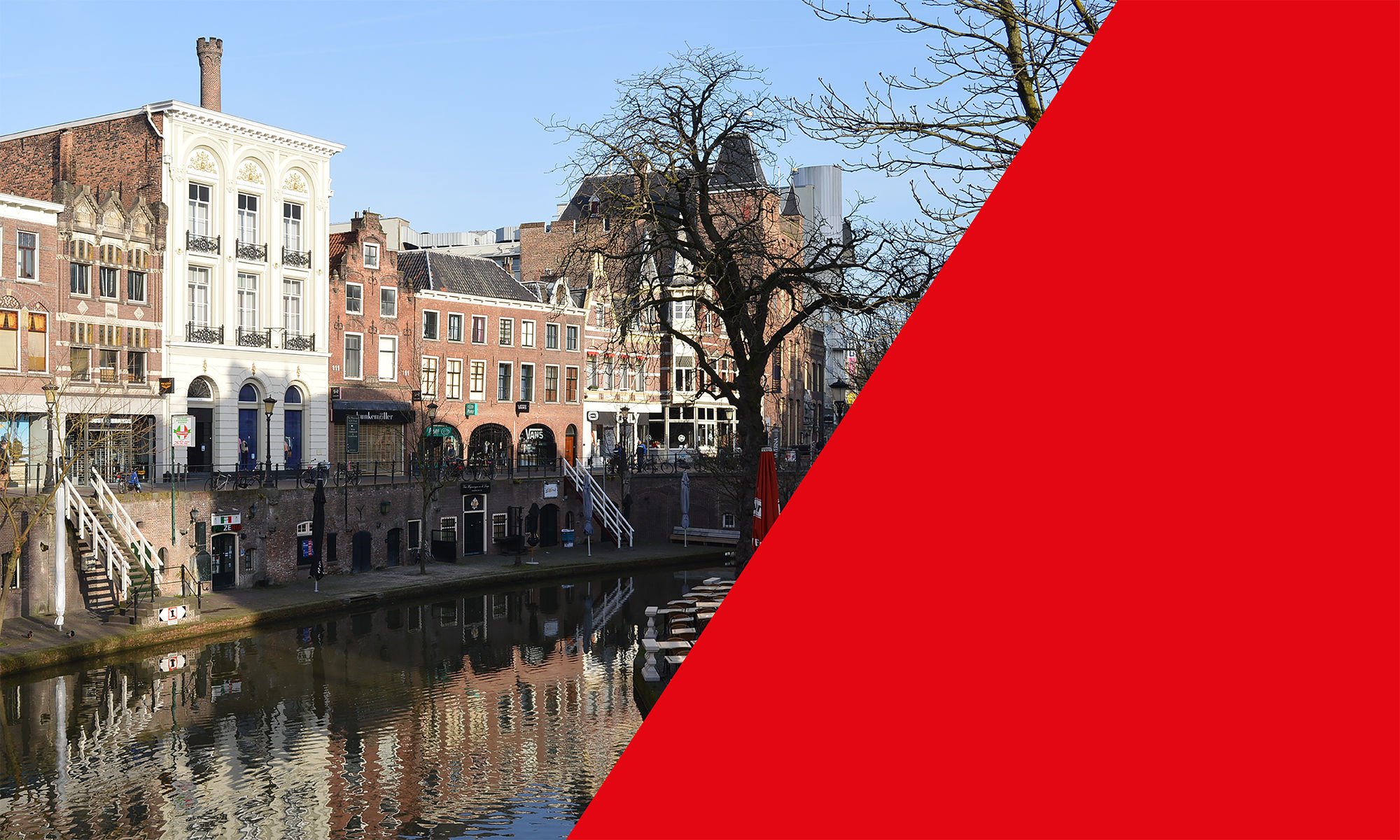Most websites owners or web developers are following Google SEO best practices when publishing content in the original language. It’s mandatory if you want a chance to rank for your keywords among search engine results. When going global, adding one or several languages, you should take the same care with SEO in the different translated versions.
Why is SEO key in website translation?
Ranking up in other languages on Search engines
When it comes to having a multilingual website, if your translated pages are only visible to human visitors, you’re missing one big half of the website translation benefits: showing up in Google results for your organic search and keywords in other languages.
On the other hand, SEO translation, is a simple and low-cost leverage to test if you need to invest additional resources in that language. Once available in the new languages, the very first green lights of a language could be a traffic increase in that language and, or more customers in that language (coming from the traffic increase or an enhanced conversion rate thanks to translations).
Displaying your translated content to the right audience
Let’s break up the “increase traffic = increase customers” due to SEO translation. Getting ranked up by Google or other search engines is going to attract qualified leads to your website. Your goal is not to increase traffic without any conversion, but to attract qualified traffic with the best conversion rate.
Analyzing the local requests made in your industry by web users will give you the insights on what keywords you should use. Then, make sure you’ll have them on your pages and you should get ranked accordingly.
So, you’ll get incremental organic traffic in your translated languages, drove by relevant requests. These qualified leads are more likely to convert since their requests match your offerings. Ultimately, it means a strong and healthy conversion rate in your new languages.
Decrease online marketing costs in new languages
With online ads such as google Adsearch, the relevance of the landing page (where potential customers are redirected on your website) is playing a key role on the final price. The more relevant the page is vs. the keywords you’re bidding on, the less money it’s going to cost. Having content that is similar to the bidding keywords, in the same language should improve relevance.
Having ranked search results in the translated languages, also means you have more pages for Google. More pages means more content which has a positive effect on your ranking. So overall, you’re adding languages and getting a better SEO scoring, which also increases your relevance for your campaigns and drive lower costs for your ads.
3 key SEO multilingual best practices
According to Google, there are 3 key best practices to apply to any translated website.
Unique and dedicated URLs
It is the only way to have translated pages indexable and it shows search engines that your pages are available in multiple languages.
According to Google, there are 3 possible URLs structures:
- Country specific domain (TLD):example.fr, for the French version
- Subdomain: fr.example.com
- Subdirectory:example.com/fr/
With WordPress, you can easily do that using Weglot translation plugin, it will automatically add subdirectories URLs to your website.
Each of these structure have there pros and cons.
Hreflang attribute
If you have different versions of a page in multiple languages, you should tell Google about it. Hreflang attribute (or tag) allows you to indicate Google that your website pages are available in several languages.
It will tell Google what are the added languages, the pages to visit and the different regions targeted by these pages.
These tags can be integrated in the header section of your pages (alternatively, you can also use a sitemap).
Here is an example of Hreflang attributes:
<link rel=”alternate” href=”http://example.com/fr/” hreflang=”fr” />
In this example, we are showing Google that our page is also available in French.
Technically speaking, if you have multiple translated pages targeting various regions you will have to integrate Hreflang tags to each pages and repeat the operation as you’re adding more languages to your website pages.
When you’re looking to translate your website, make sure the plugin you use can do it, such as Weglot.
Translated content on server side (in your source code)
You have two choices when it comes to translation plugin: Dynamic multilingual plugins VS Server side plugins.
Dynamics multilingual plugins only show your translated content to human visitors. We’ve already talked about the benefits of making your translated pages visible to Google and search engines, so you know what you’re missing doing that.
So, such plugins will not index your translated pages and might have a negative impact on your current SEO with potential duplicated content.
On the other hand, server side plugins will translate content in your source code making it visible for humans and search engines. SEO tags such as title, meta description, heading, image alt attribute and others will also be translated. Your website will have full benefits of SEO translation.
Wrapping-up
There are 3 key benefits with SEO translation:
- Ranking up on Google and Search engines in translated languages
- Increase qualified leads
- Lowering your online marketing costs in new languages
Follow these 3 best practices to match Google SEO translation guidelines:
- Get dedicated and unique URLs for your translated pages
- Add Hreflang attribute
- Translate your content on server side
Weglot WordPress translation plugin automatically implements and optimizes Google SEO translation best practices for you. It makes your job easier.

